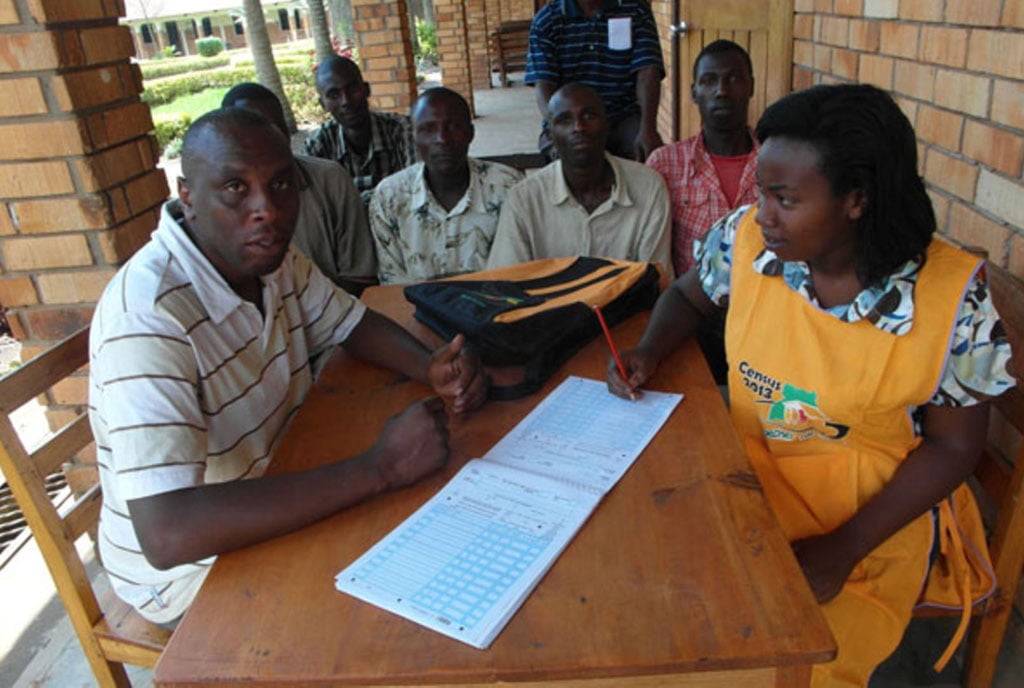Why we should embrace a digitised building sector

Herbert Zziwa
What you need to know:
- If embraced BIMS will be a remedy to quacks (commonly referred to as Yinginiyas) in the sector since its integrated with the databases of professional bodies where registered professionals like architects, engineers and surveyors can be identified.
Last month, a two-floor building still under construction collapsed in Jinja City near Speke Courts Hotel, injuring a casual labourer who was on site. The findings of the preliminary investigations from the National Building Review Board (NBRB) a body mandated by the Building Control Act 2013, to monitor building developments revealed that the developer commenced construction without a Building Permission supposed to be issued by the Building Committee of Jinja City.
This was after failing to meet the conditions of the committee including having all stages of the construction being sanctioned by the city engineer, building control officer, health inspector and physical planner as indicated on the submitted building plans.
On site, the investigators found out that the specifications of building materials used were compromised compared to what was submitted in design drawings. For example, the developer was using 4 iron bars of 12 millimeters in the columns instead of 8 of 16 millimeters as specified.
The Jinja case points to the many gaps we have in monitoring our building sector, which gaps are exploited by unqualified personnel commonly referred to as “fundis /Yinginiyas” without technical expertise to manage building sites. This in addition with poor workmanship, inadequate supervision and substandard building materials have been identified as the leading causes of building-related accidents.
As a remedy, the country must embrace the Building Industry Management System (BIMS) an online platform, automating all the building control processes, recently launched by the Minister for Works and Transport, Gen Edward Katumba Wamala. The system first piloted in Jinja City and Kira Municipality in now fully operational in 11 cities and municipalities including Nansana, Makindye Ssaabagabo.
Issues like applying for the building and occupation permit, committing the services of registered professionals, scheduling for routine building inspection, payment of building fees, can all be accessed online.
This guarantees transparency, ensures predictability of the process and saves developers the delays, especially in the building permit application process, since they are able to trace the progress of their application online.
If embraced BIMS will be a remedy to quacks (commonly referred to as Yinginiyas) in the sector since its integrated with the databases of professional bodies where registered professionals like architects, engineers and surveyors can be identified.
On BIMS the architects for example can now confirm preparing the submitted architectural drawings and acknowledging the architectural drawings as their work, while engineers can confirm preparation of the engineering drawings, request for routine inspection and update their inspection booklets.
This online platform is further integrated with the National Land Information System for purposes of land verification, URA for building control fees payment and Uganda Registration Services Bureau (URSB) in a case the developer is a company.
With this technological shift, we shall be able as a country to develop a complaint and vibrant building sector which is in harmony with our environment and void of building accidents.
Herbert Zziwa, Manager-Communications, National Building Review Board (NBRB)




